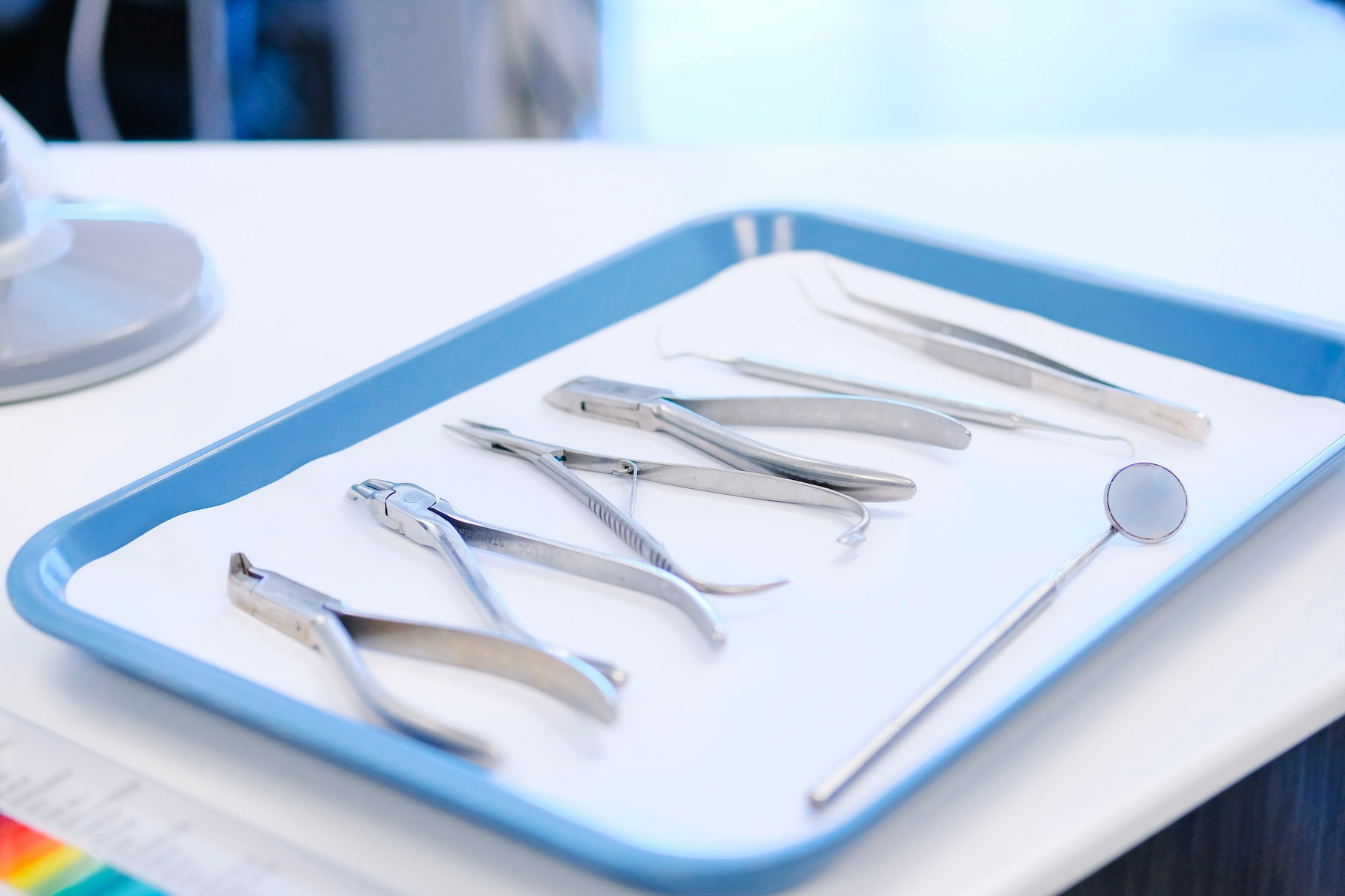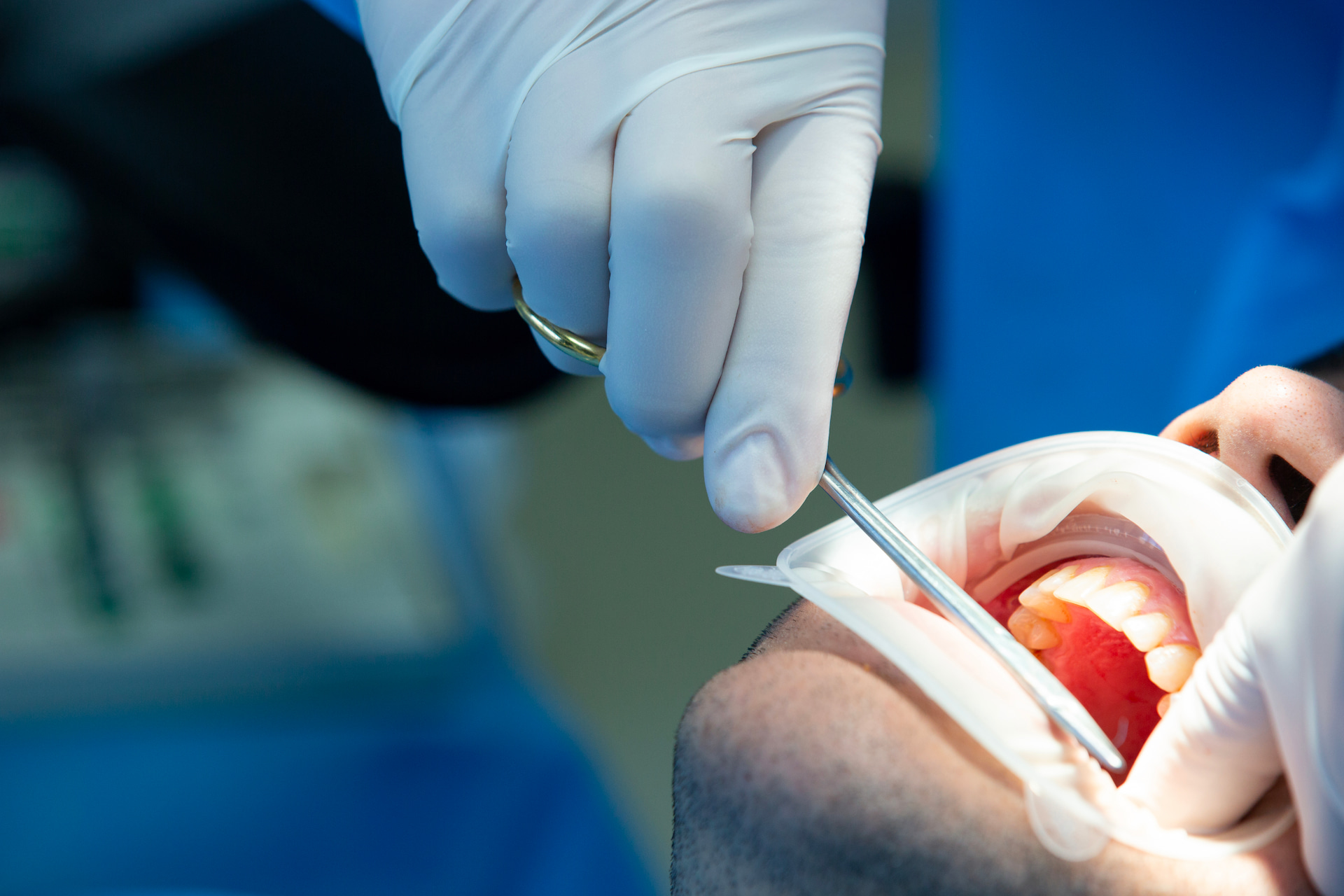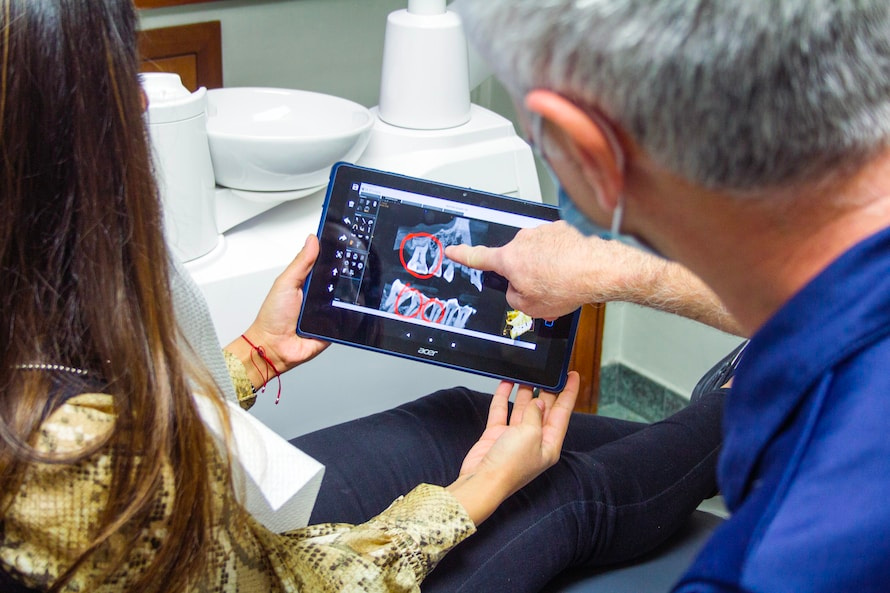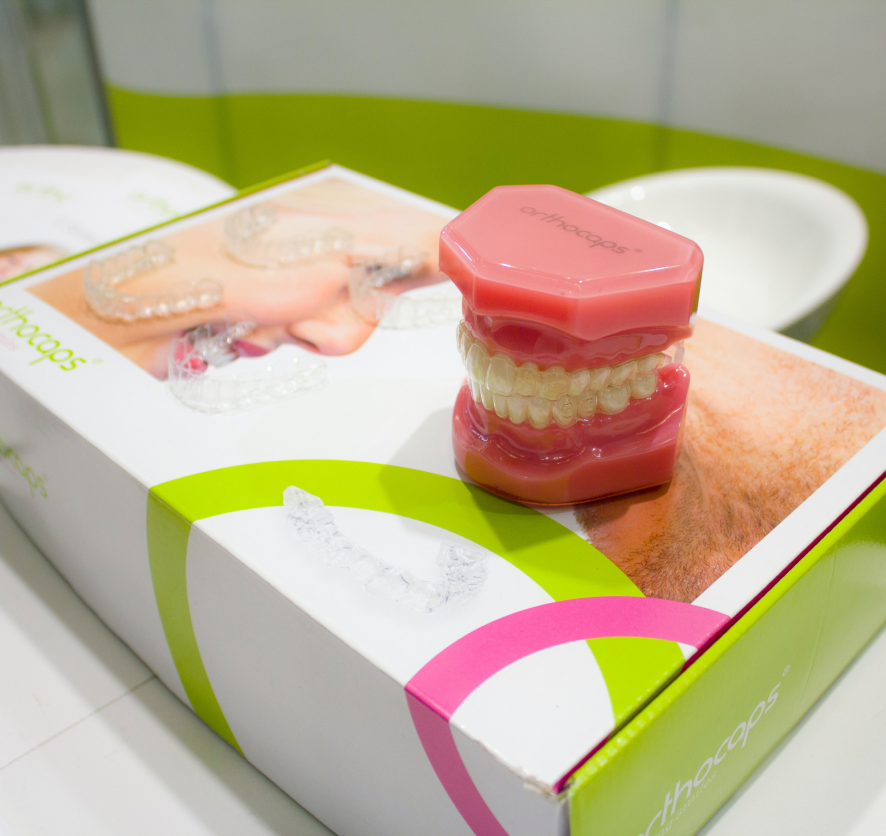Types of Crowns
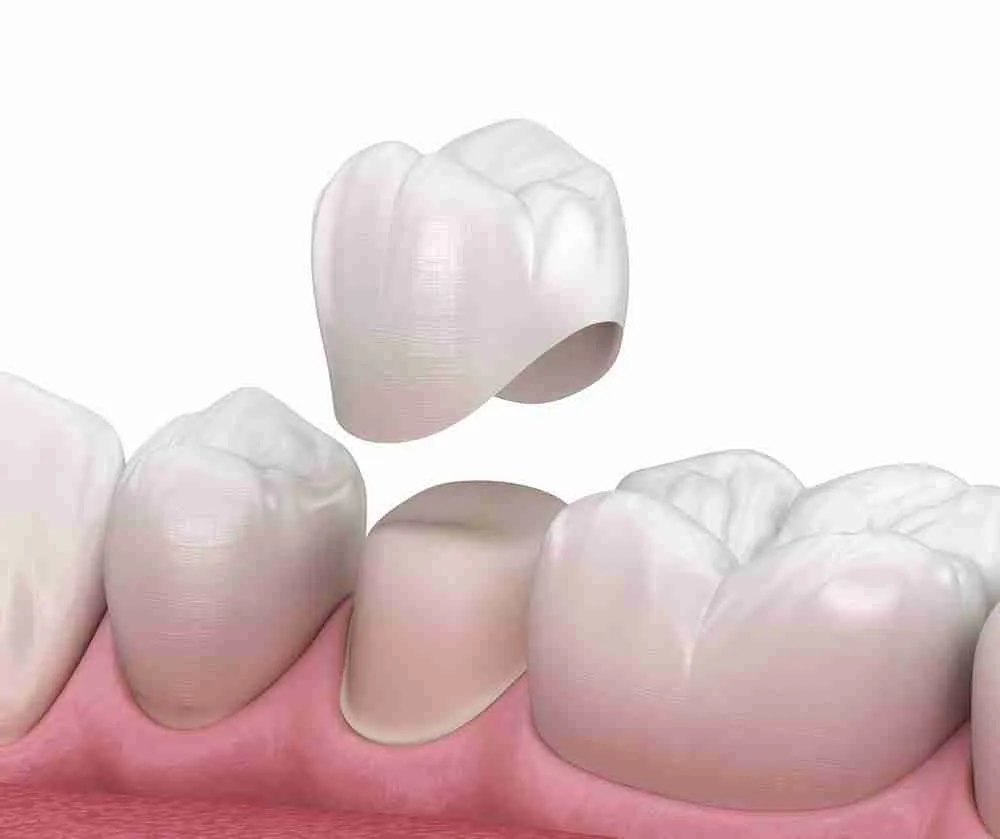
Porcelain
Overall, porcelain crowns are a versatile and effective option for many people seeking a durable, natural-looking solution for damaged or weakened teeth.
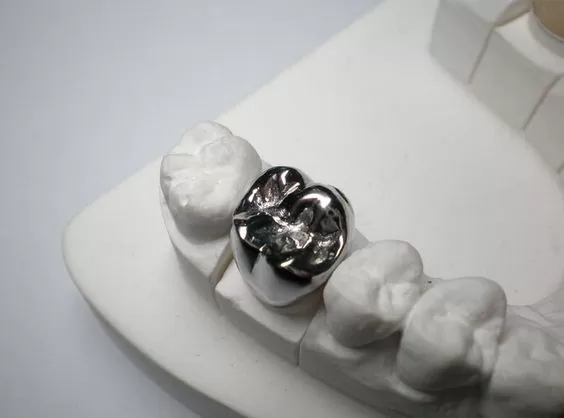
Metal
A strong and durable option for people seeking a cost-effective, long-lasting solution for damaged or weakened teeth, particularly for back teeth that require more strength and durability.

Ceramic
Ceramic crowns are a versatile and effective option for many people seeking a durable, natural-looking solution for damaged or weakened teeth, particularly for front teeth or other visible areas of the mouth.
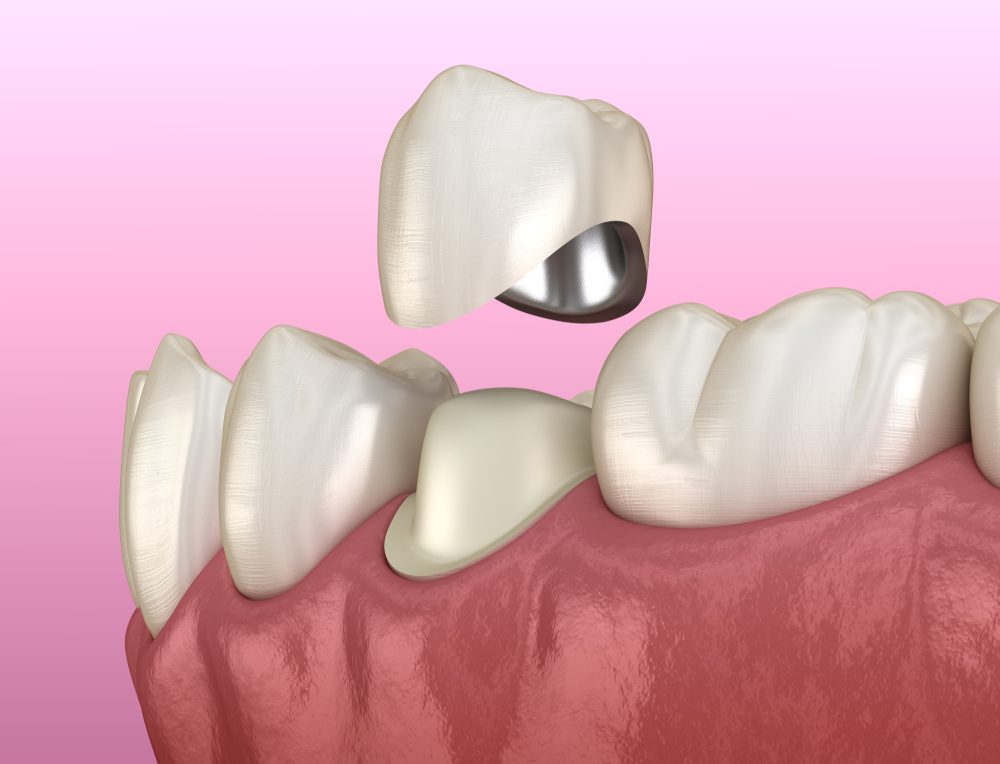
Porcelain fused to metal (PMF)
PFM crowns are a popular choice for many people seeking a durable, natural-looking solution for damaged or weakened teeth, particularly for back teeth that require more strength and durability. They combine the natural-looking appearance of porcelain with the strength and durability of metal, resulting in a functional and long-lasting dental restoration.
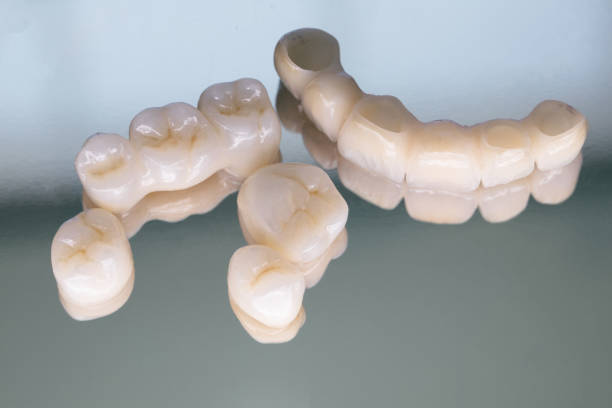
Resin
Resin crowns are a versatile and effective option for many people seeking a natural-looking, cost-effective solution for damaged or weakened teeth, particularly for front teeth or other visible areas of the mouth. They require less tooth preparation than other types of crowns, and can often be completed in a single appointment. However, they may not be as durable as other types of crowns and may require more frequent replacement or repair.
Crowning procedure

Evaluation and treatment planning
The crowning procedure begins with a comprehensive evaluation of your dental health. Our experienced dentists will examine your teeth and discuss your concerns and treatment goals. If a dental crown is deemed necessary, X-rays or digital scans may be taken to assess the condition of the tooth and surrounding structures.
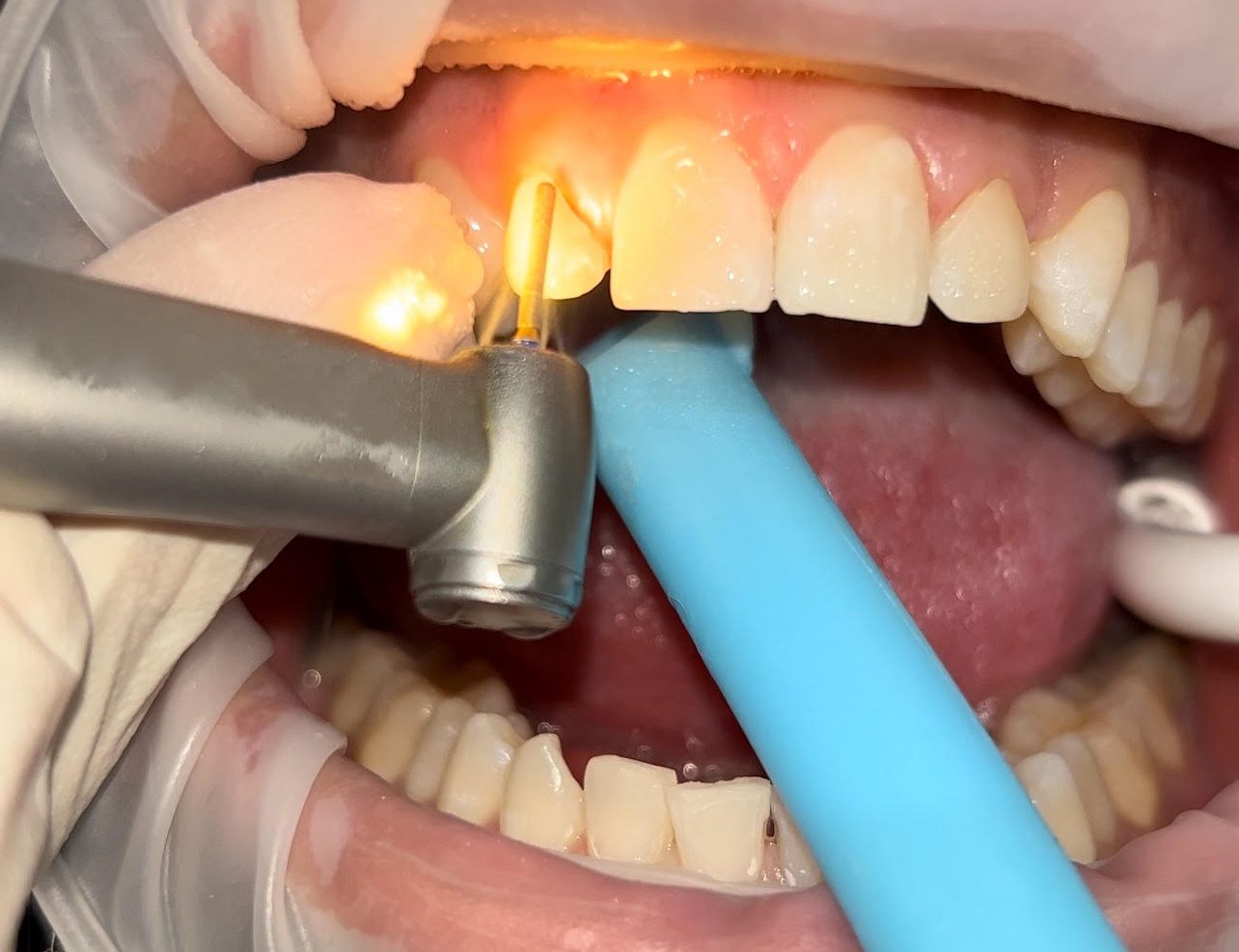
Tooth preparation
During this step, the tooth receiving the crown will be prepared by carefully removing any decayed or damaged areas and shape the tooth to create an ideal foundation for the crown. In some cases, additional tooth structure may need to be removed to accommodate the crown. An impression of the prepared tooth will be taken to create a precise mold for the dental laboratory.
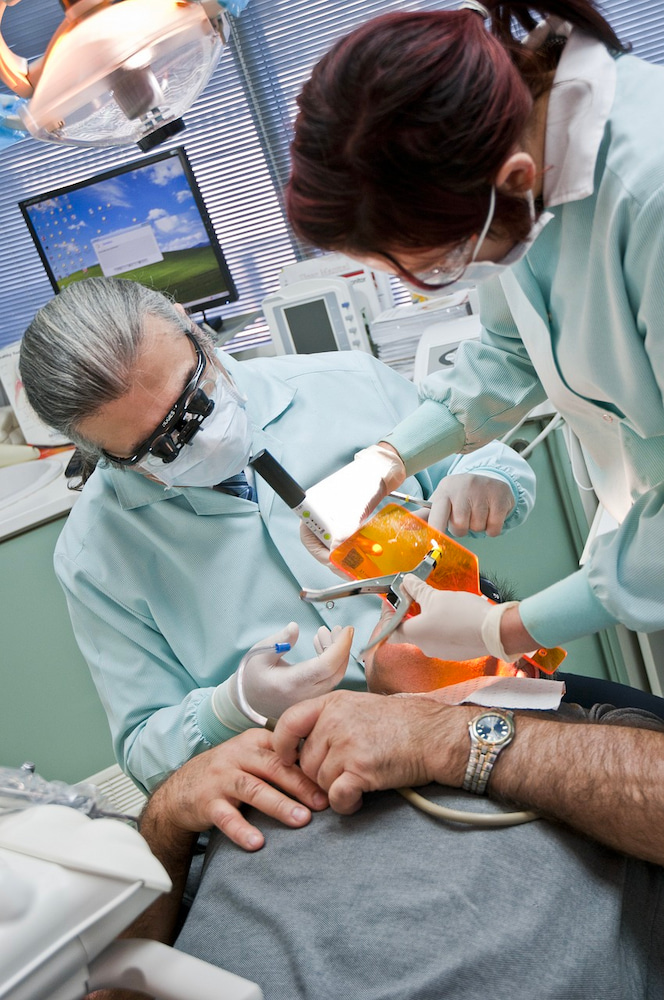
Temporary crown placement
While your permanent crown is being custom-made, a temporary crown will be placed over the prepared tooth. This temporary crown protects the tooth, maintains its function and appearance, and helps to ensure your comfort during the waiting period. It’s important to follow any temporary crown care instructions provided by your dentist.
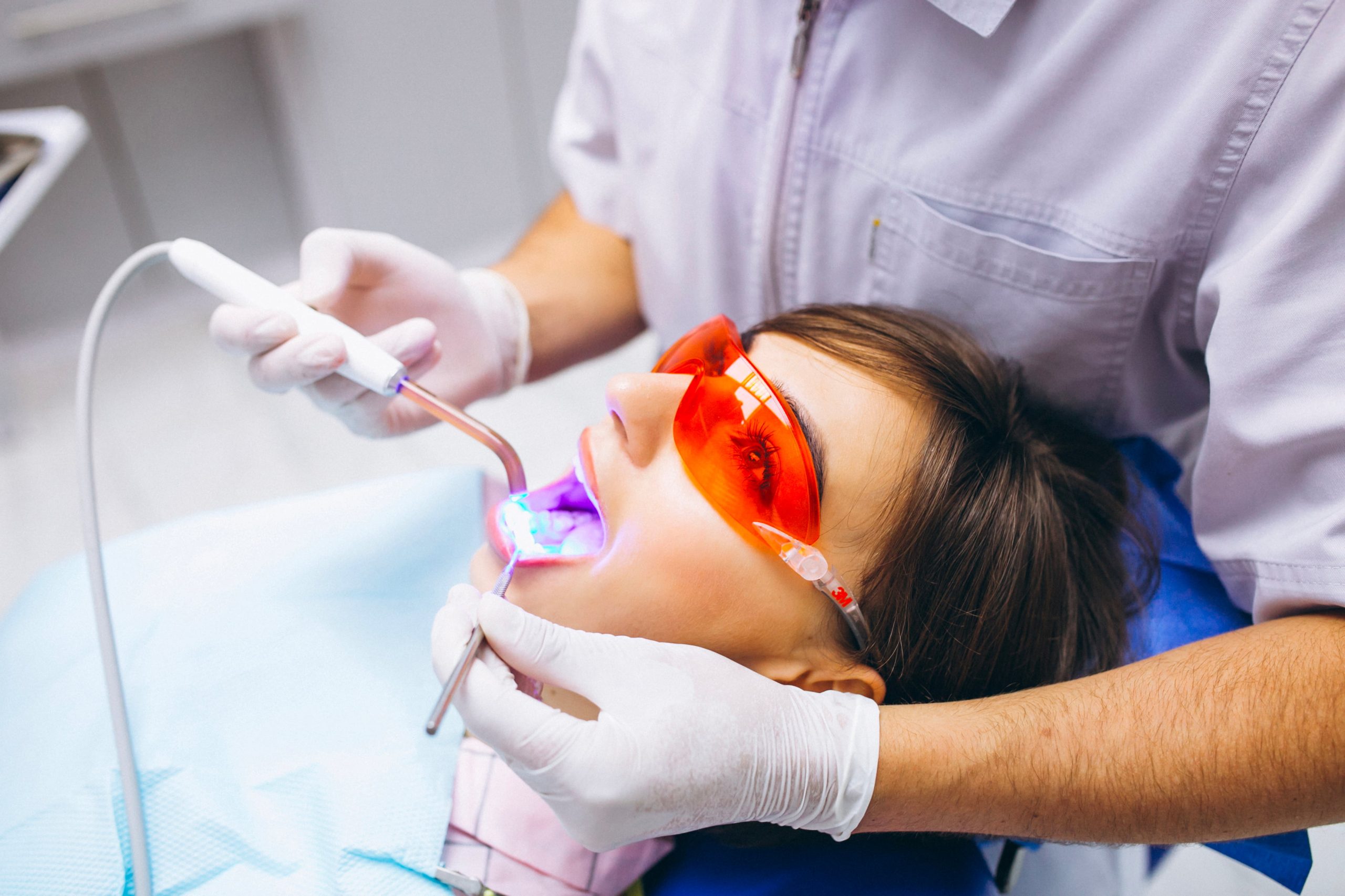
Final crown placement
Once your custom-made crown is ready, you will return for the final step of the procedure. The temporary crown will be removed, and the permanent crown will be carefully placed and adjusted for fit, bite, and aesthetics. The dentist will ensure that the crown blends seamlessly with your natural teeth and functions properly. Any necessary adjustments will be made to achieve optimal comfort and alignment. Finally, the crown will be permanently bonded or cemented in place, completing the procedure.
Types of Bridges
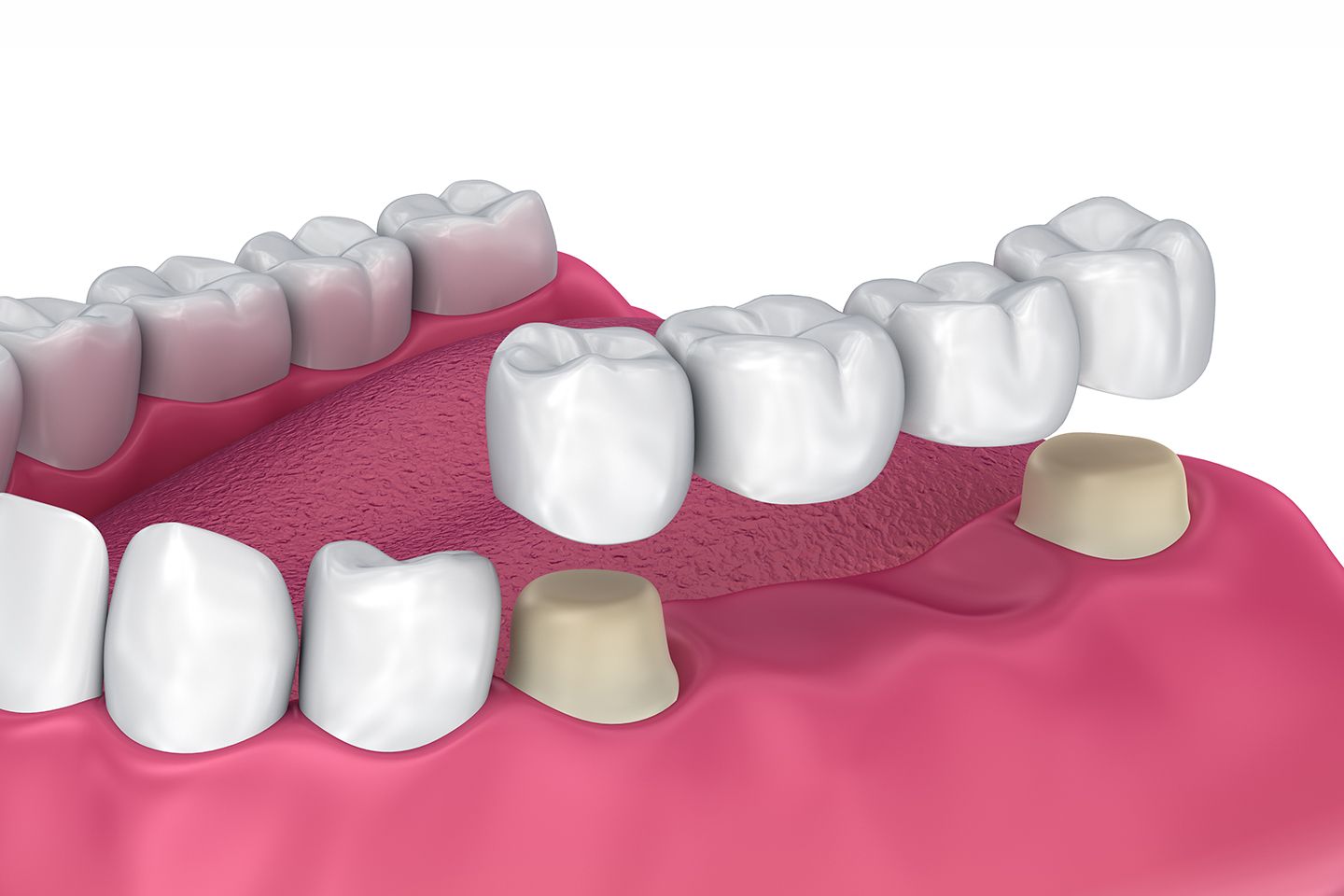
Traditional bridges
Traditional bridges are a convenient option for dental restoration and consist of porcelain or ceramic material. They are securely attached to the adjacent natural teeth on both sides of the gap.
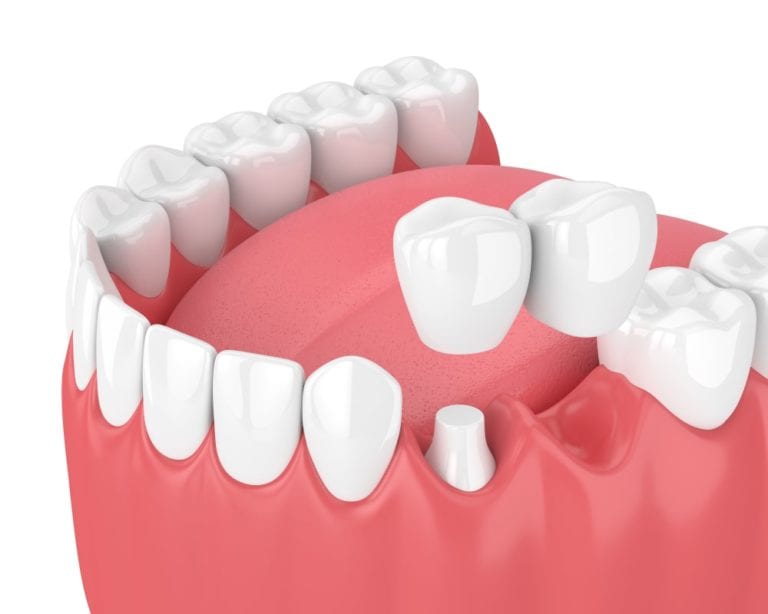
Cantilever bridges
Cantilever bridges may be appropriate for individuals with a solitary missing tooth. These bridges are anchored to a single abutment tooth, providing a straightforward solution.
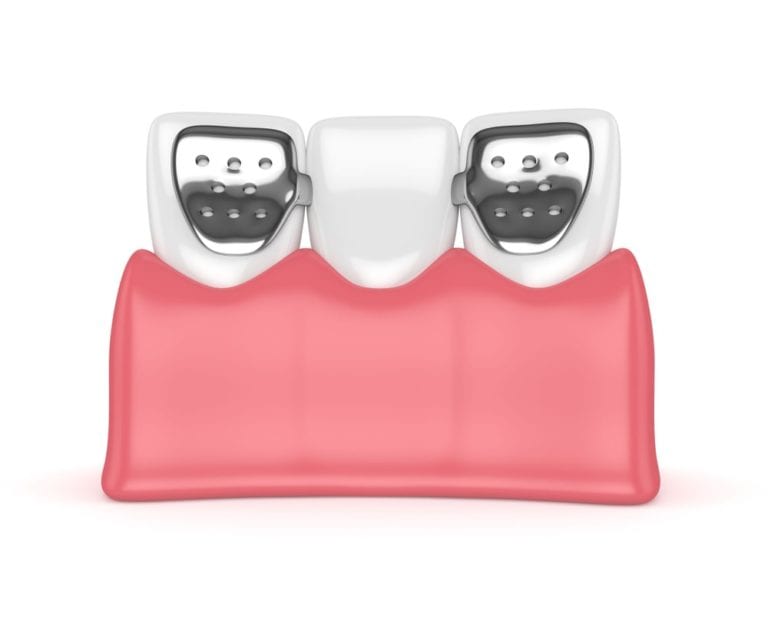
Maryland bridges
Maryland bridges are composed of plastic or porcelain with metal accents and are attached to the remaining natural teeth through metal or resin wings.
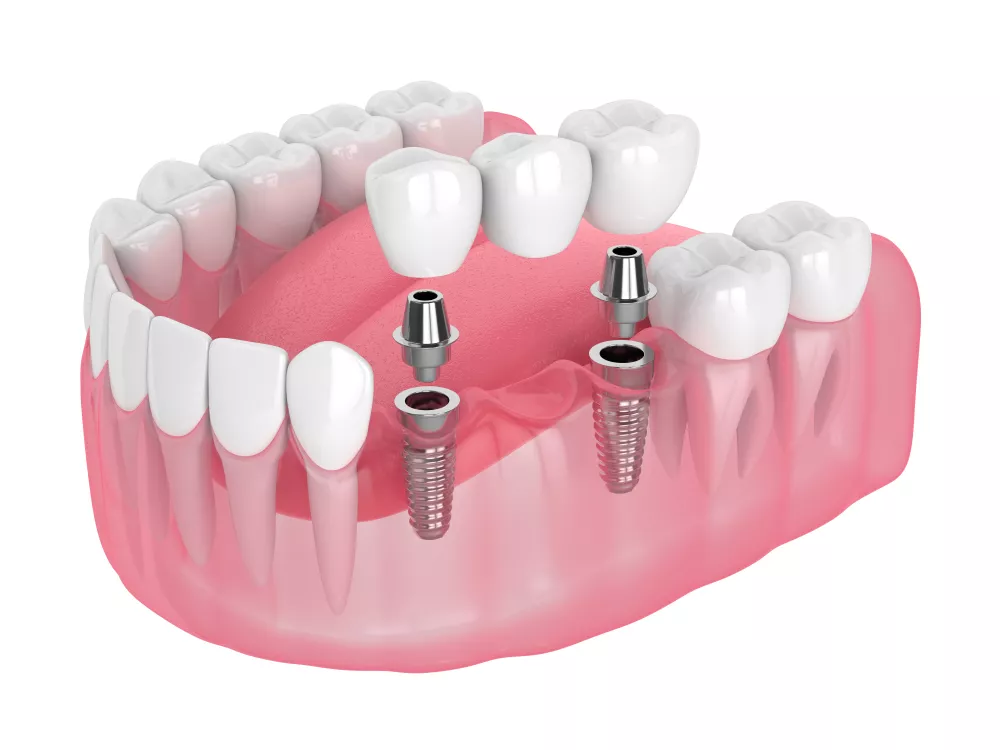
Implant-Supported bridges
Implant-supported bridges offer a permanent solution for missing teeth. They utilise dental implants as support to ensure a long-lasting and robust restoration.
Bridges procedure
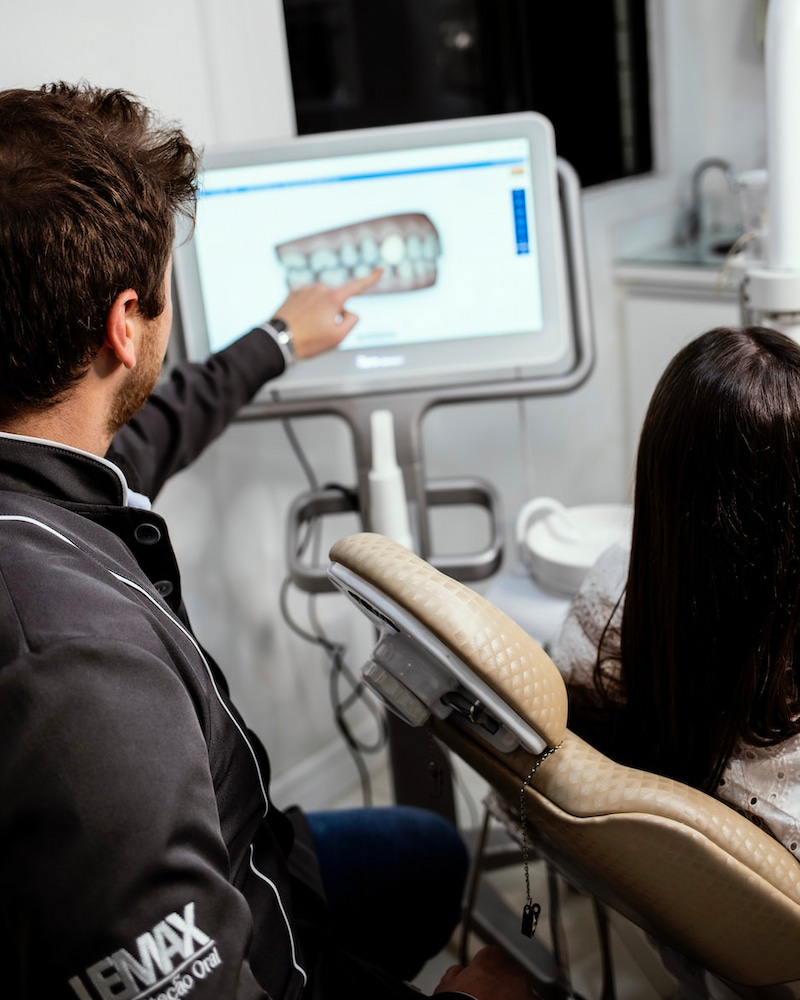
Consultation and examination
The bridges procedure begins with a thorough consultation and examination with our experienced dentists. During this visit, we will assess your oral health, evaluate the condition of the surrounding teeth and gums, and discuss your specific needs and goals. X-rays or digital scans may be taken to help determine the most suitable treatment plan for you.
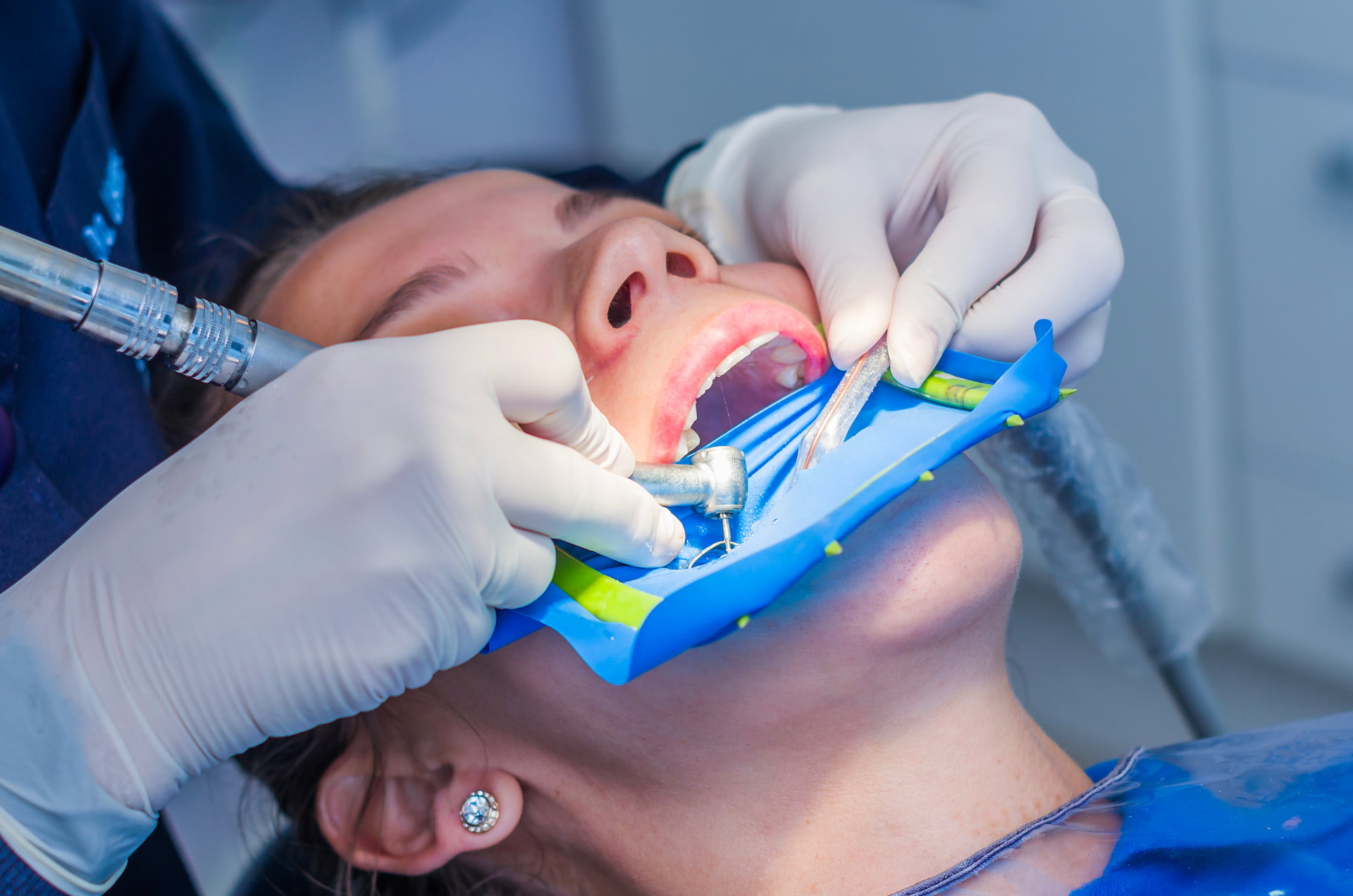
Tooth preparation and impression
The next step involves preparing the adjacent teeth that will serve as support for the dental bridge. The dentist will carefully shape these teeth, removing a small portion of the enamel to create space for the bridge. Impressions or digital scans of the prepared teeth and the surrounding area will be taken to create an accurate mold for the dental laboratory.

Temporary bridge placement
While your permanent bridge is being custom-made, a temporary bridge will be placed over the prepared teeth to protect them and maintain your ability to eat and speak comfortably. It’s important to follow any temporary bridge care instructions provided by your dentist during this waiting period.

Final bridge placement
Once your custom-made bridge is ready, you will return for the final step of the procedure. The temporary bridge will be removed, and the permanent bridge will be carefully placed and adjusted for fit, comfort, and aesthetics. The dentist will ensure that the bridge blends seamlessly with your natural teeth and functions properly. Any necessary adjustments will be made to achieve optimal bite alignment and comfort. Finally, the bridge will be permanently bonded or cemented in place, completing the procedure.
Aftercare for Crowns and Bridges
Practice good oral hygiene
It is important to continue to brush and floss regularly after getting a crown or bridge. This will help to prevent plaque and bacteria buildup, which can cause gum disease and decay. Be sure to use a soft-bristled toothbrush and a non-abrasive toothpaste to avoid damaging the crown or bridge.
Avoid hard or sticky foods
While crowns and bridges are durable, they can still be damaged by hard or sticky foods. Try to avoid chewing on ice, hard candy, and other hard or sticky foods that can potentially dislodge or damage the crown or bridge.
Visit your dentist regularly
Regular dental check-ups and cleanings are important for maintaining the health of your teeth and gums, as well as your crown or bridge. Your dentist will be able to monitor the condition of your crown or bridge and make any necessary adjustments or repairs to ensure its longevity.

Dental Crowns & Bridges in Sydney
Our professional and qualified dentists at TLC Dentist clinic have been creating custom dental crowns and bridges in Sydney to fit our patients’ mouths for years.
Book a Consultation for Tooth Extraction
What are dental crowns?
Dental crowns in Sydney are hollow tooth-shaped caps that dentists use to place over a damaged tooth that has been grinded smoothly into shape. A crown will cover the entire visible portion of the tooth above the gum line and your dental crown dentist uses cement to set it into place.
A crown may be needed when a tooth has a lot of decay, has been chipped, discoloured or after a root canal treatment. While a filling may be able to treat a small area of decay, a crown will cover the entire top area of the tooth.
Types of dental crowns
You can choose between four different types of materials for a dental crown treatment:
- Metal
- All porcelain
- Porcelain fused to metal
- Resin
- Ceramic
Porcelain and ceramic are the closest options that emulate the appearance of a natural tooth. However, a porcelain-fused-to-metal crown will offer greater durability than even ceramic crowns, maintaining a beautifully natural appearance, making them great for front teeth.
Metal dental crowns offer a stronger option for back-grinding teeth.
Your dental crowns dentist will also talk you through and answer all your questions about your options for your dental crown treatment at your checkup.
What are dental bridges?
A dental bridge is a prosthetic device that helps replace a missing tooth or teeth, such as after an extraction. As its name suggests, a dental bridge connects to adjacent teeth.
Types of dental bridges
There are four types of dental bridges in Sydney. Each is available with ceramic or porcelain crowns to offer a pleasing natural look.
Your dental bridge dentist at TLC Dentist will help you explore and narrow down your options based on what you need.
Fitting dental crowns and bridges
Two appointments are needed when getting a dental crown or dental bridge treatment. The first treatment will be a temporary crown or bridge while the area heals and the permanent solution is prepared in the lab. In the second appointment, your dentist will secure the crown or bridge in place.
